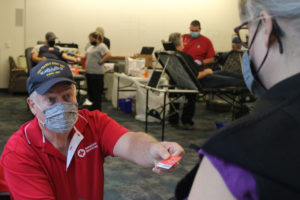Diversity in the ranks has been the lifeline of our all-volunteer military, but it wasn’t always that way. As we celebrate Veterans Day, we ought to be thankful for all of the men and women from a variety of ethnic backgrounds who put their lives in harm’s way to protect our freedoms and make safe our way of life.
When my father was inducted into the U.S. Army during World War II, our military was segregated. That lasted until 1948 when President Harry Truman signed Executive Order 9981. Truman recognized integration was key to winning the war in Europe.
For example, Japanese-American units (Nisei) fought with allied forces to liberate Rome and Dachau, the Nazis’ original concentration camp located north of Munich, Germany. By the end of the war, the Nisei units (100th/442nd Infantry Regiment) were the most decorated units in U.S. military history.
Throughout World War II, Black U.S. soldiers primarily served behind the front lines in segregated units. That changed in March 1945, when our Army took the critical bridge crossing the Rhine River at Remagen. The soldiers of K Company, men from the segregationist South, joined the combat battling alongside white units.
According to the late J. Cameron Wade, who fought at Remagen, “The results (of the integration) were amazing. We ate together, slept together, fought together. There were no incidents. The Army couldn’t believe it.”

